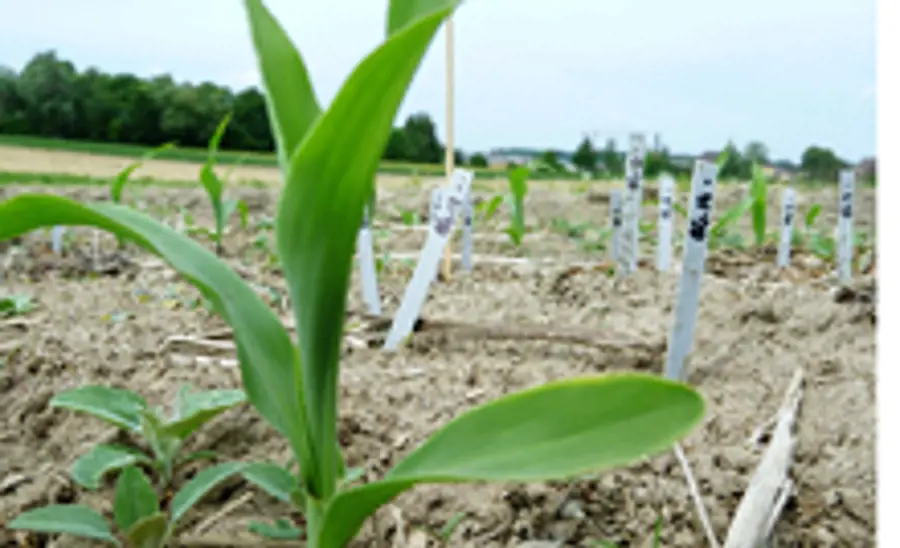Bait Lamina Test

Test organism
- Soil organisms
Test principle
- Measuring the feeding activity of soil organisms (no distinction between different soil invertebrates)
- This activity is indicative of changes in soil quality (e.g. contamination)
Analysed parameters
- Number of eaten/not eaten holes (filled with bait substrate of cellulose, powdered activated carbon and wheat bran)
Test duration
- 4 days to 4 weeks (depending on soil properties and season)
Relevance
- Functional method, no international standards available at present
- Applicable outdoors and in the lab for investigating general effects of a pollutant on soil organisms
- Suitable for investigating pollution gradients
- For investigating the effects of pesticide application on biological soil activity
- Screening method for the initial characterisation of a location and for biomonitoring
Guidelines and literature
- No international standard available to date
- Kratz W (1998). The bait-lamina test: general aspects, applications and perspectives. Environ. Sci. Pollut. Res. 5 (2), 94–96
- Beyaert RP and Fox CA (2008). Assessment of Soil Biological Activity, in Carter MR and Gregorich EG (eds.) - Soil Sampling and Methods of Analysis. 2nd Edition, CRC Press Taylor & Francis, Boca Raton, FL, USA, Chapter 40, pp. 527-547.